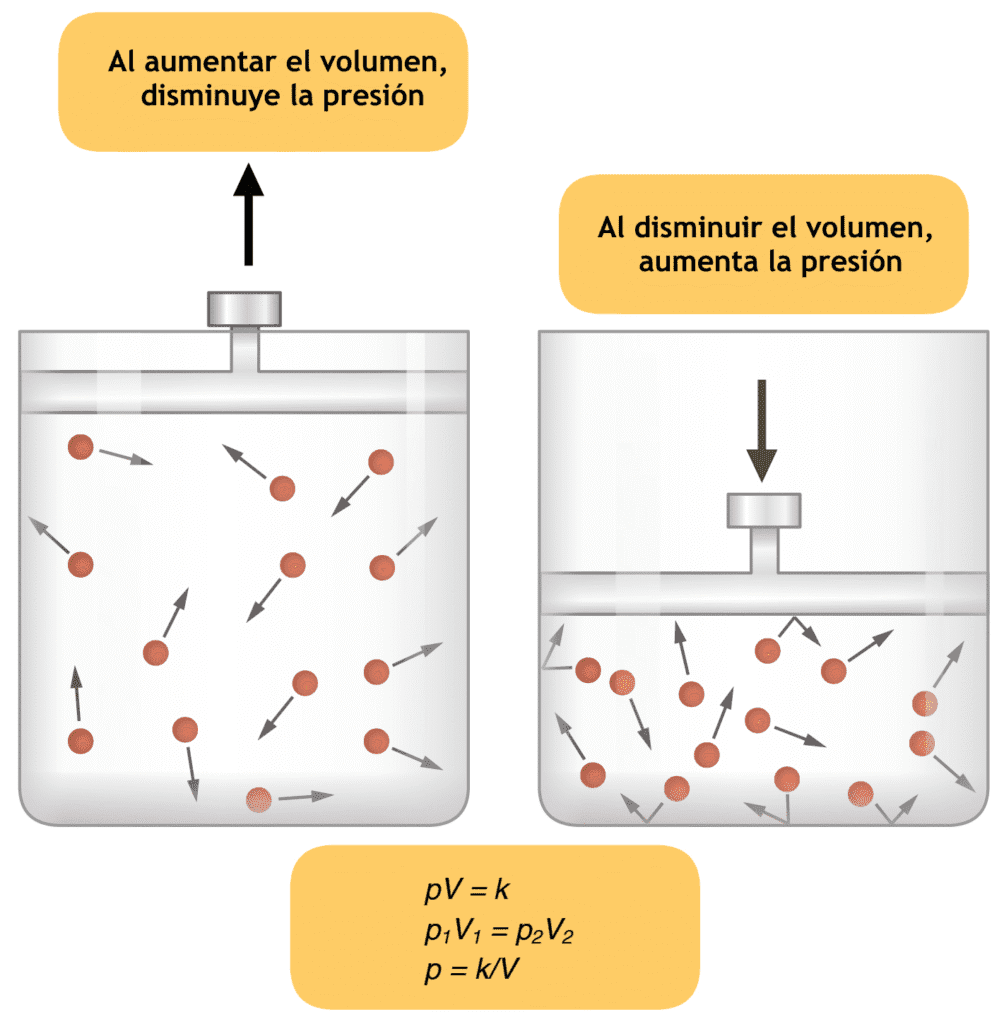There is very little airway irritation, hence used for inhalation induction especially in children. One of the halothane respiratory effects is that it is a potent respiratory depressant, reduces tidal volume and alveolar minute ventilation.
The ventilatory response to raised Paco2 and reduced Pao, may be reduced due to depression of peripheral chemoreceptors in the carotid bodies.
Atelectasis may occur in the dependent lung areas due to muscle paralysis. Hypoxic pulmonary vasoconstriction is there, but it has not been a problem clinically.
Halothane is a potent bronchodilator and has been shown to inhibit bronchoconstriction by histamine and also of asthma. It can interact with aminophylline and produce arrhythmias. These were some of the halothane respiratory effects
You can find more on the subject of halothane respiratory effects , like this extract from Miller’s Anesthesia –
Inhaled anesthetics also have important effects on the respiratory system. All volatile anesthetics cause significant respiratory depression at concentrations necessary for surgical anesthesia.
The peripheral chemoreflexes and upper airway patency are particularly sensitive to subanesthetic concentrations of volatile anesthetics.
The mechanisms involved in these potentially serious effects involve depression of central respiratory networks mediated by depression of excitatory and facilitation of inhibitory transmission.
The precise molecular targets responsible for the exquisite sensitivity of these networks to low concentrations of volatile anesthetics remain to be elucidated

